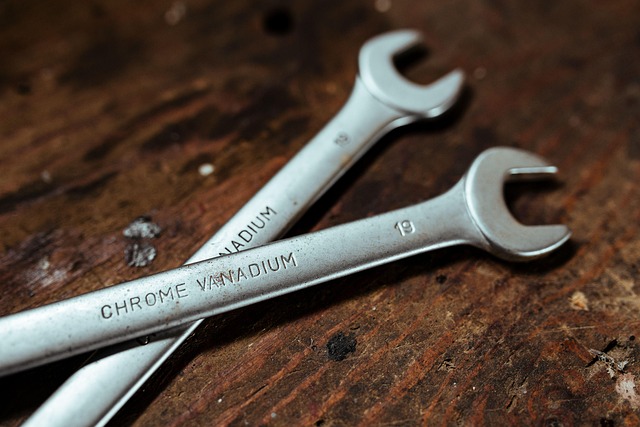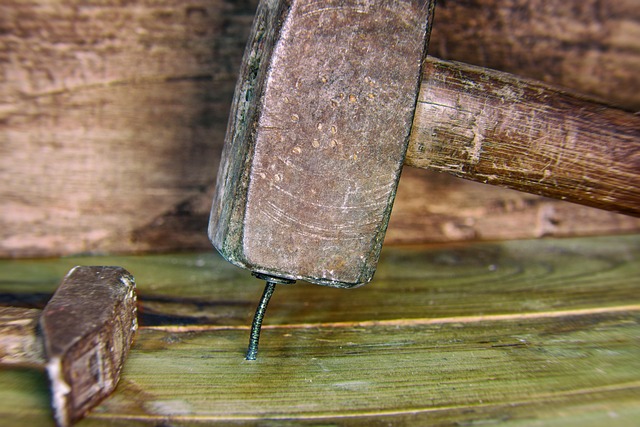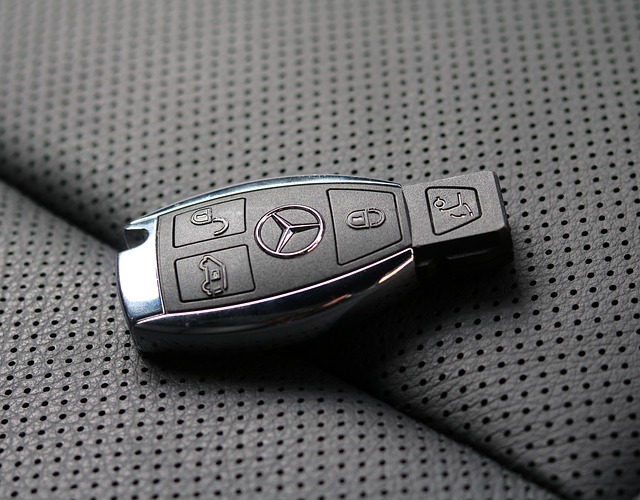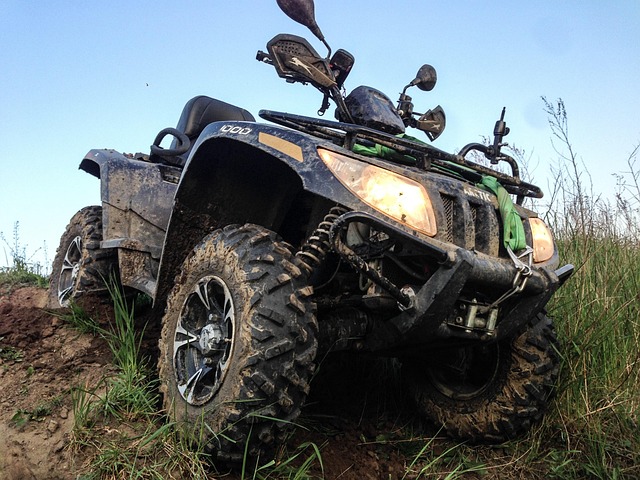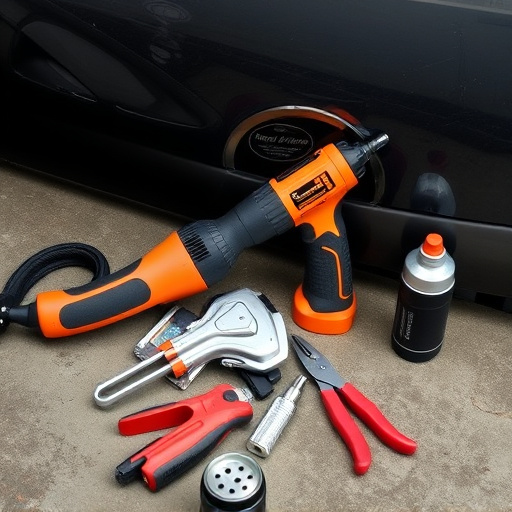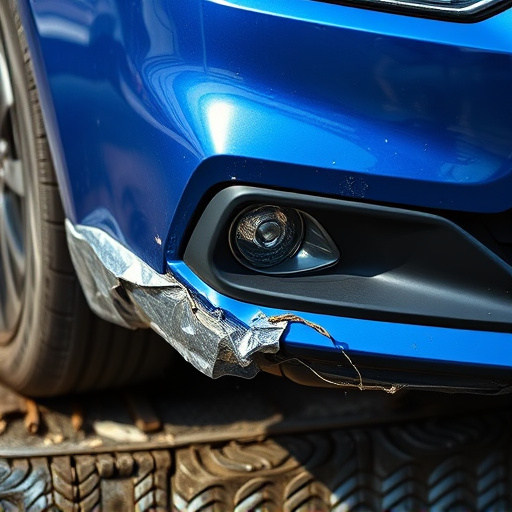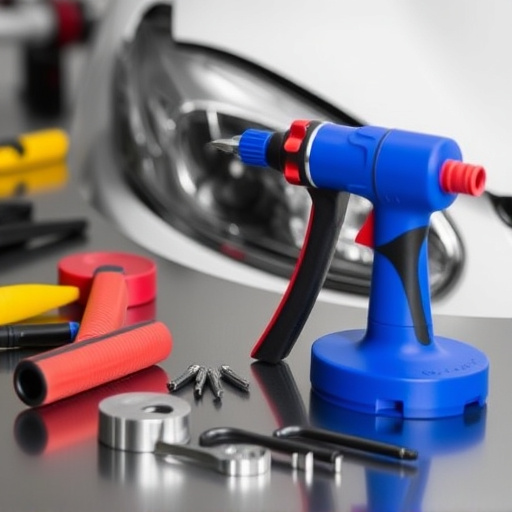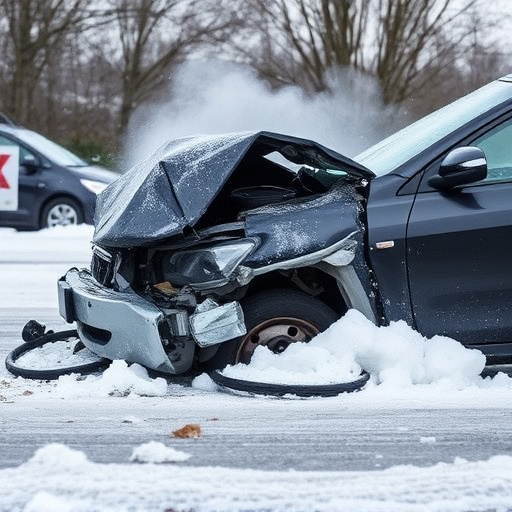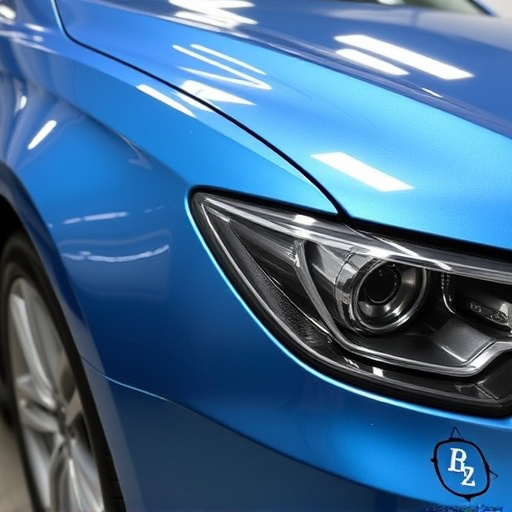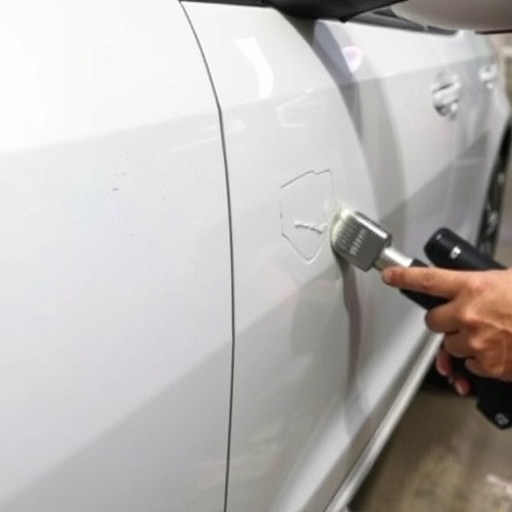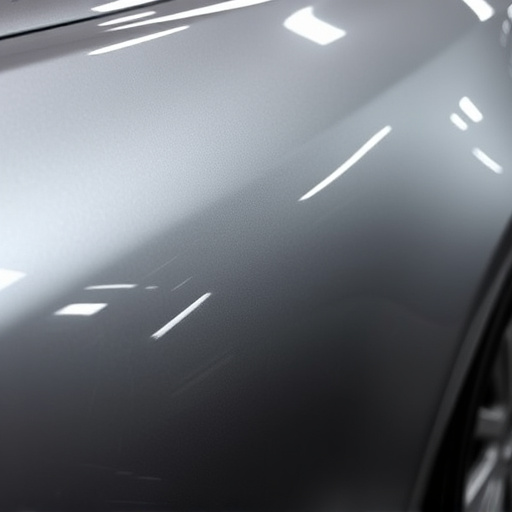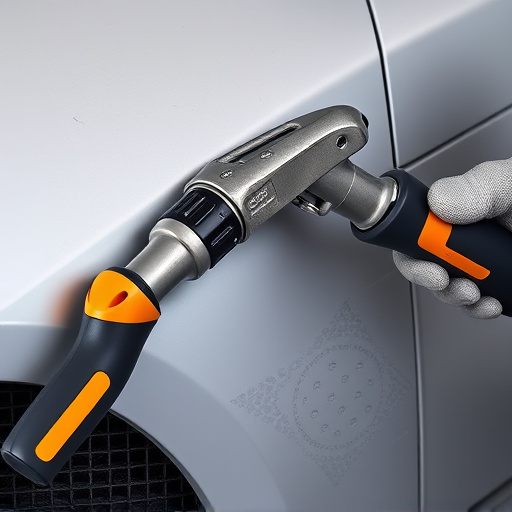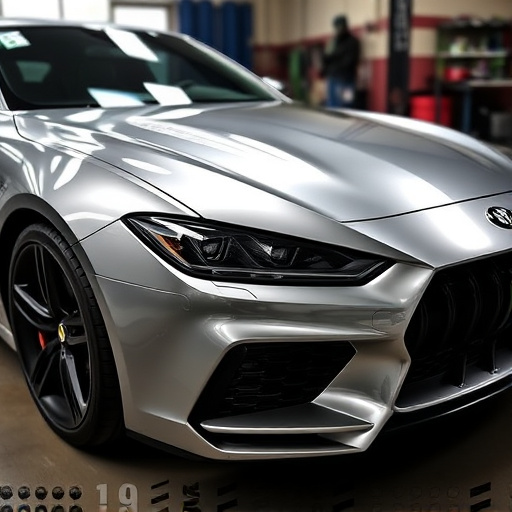Candy paint collision repair is a specialized automotive restoration process that requires precise application techniques to match original metallic or pearlescent finishes. Skilled professionals use advanced knowledge and tools to blend, mix, and apply these unique coatings, ensuring seamless integration with body panels and preserving the car's aesthetic appeal. This intricate process involves multiple layers of specialized coatings applied with precision equipment, demanding meticulous attention to detail from start to finish.
In the realm of automotive refinishing, candy paint collision repair stands out as a unique and challenging art form. Unlike conventional paints, candy paint’s intricate composition and glossy, multi-dimensional finishes make it a complex material to work with. This article delves into the intricacies of candy paint, exploring its distinctive nature, the challenges it presents in collision repair, and the specialized skills, tools, and knowledge required to master this game-changing technique.
- The Unique Nature of Candy Paint
- – Exploring the composition and characteristics of candy paint
- – How it differs from conventional automotive paints
The Unique Nature of Candy Paint
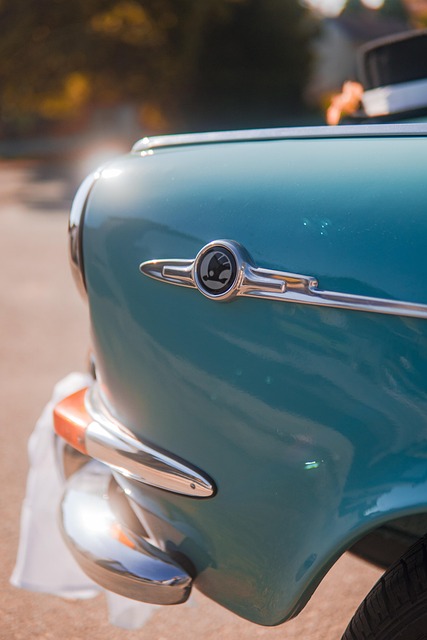
Candy paint, with its vibrant, glossy finish, is a unique and sought-after aesthetic for many vehicles. However, this same characteristic poses significant challenges when it comes to collision repair. Unlike conventional paints, candy paint is often formulated with complex metallics or pearlescent pigments that create its striking visual effect. These intricate mixtures require precise application techniques to ensure the final result matches the original appearance, making car body repair a delicate process.
The complexity lies in achieving an exact color match during the candy paint collision repair process. Even slight variations can be noticeable, impacting the overall quality of the vehicle restoration. Professionals skilled in car paint repair must possess specialized knowledge and tools to blend, mix, and apply the paint correctly, ensuring it seamlessly integrates with the existing body panels and preserves the car’s original design intent.
– Exploring the composition and characteristics of candy paint

Candy paint, also known as metallic or pearl effect paint, is a unique and visually striking finish that has become increasingly popular in modern car design. Its composition differs significantly from traditional car paints, containing advanced pigments and reflective particles that create a vibrant, multi-dimensional appearance. This special paintwork is not just about aesthetics; it’s a complex layer of coatings designed to withstand various environmental factors while maintaining its gloss and intensity over time.
The challenges arise when this delicate finish suffers damage, often as a result of collisions or accidents. Unlike standard car paints, candy paint collision repair requires specialized skills and equipment. The process involves not just patching and repainting but also precisely matching the original reflective qualities and color depth. It’s about restoring the car to its former aesthetic splendor while ensuring the integrity of the paint’s special effects, which can be a complex task for car body restoration professionals, especially when aiming to provide top-notch car paint services.
– How it differs from conventional automotive paints
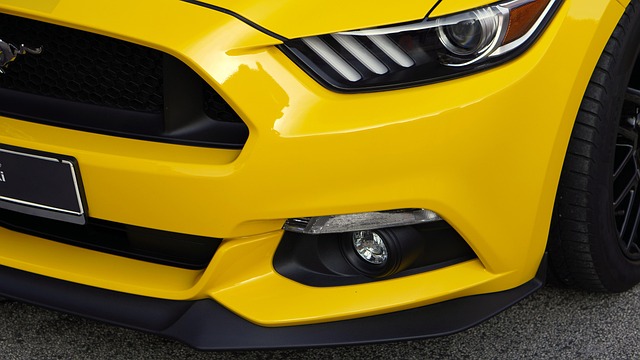
Candy paint collision repair stands out from conventional automotive paints due to its unique properties and intricate application process. This specialized technique involves applying a thick, highly reflective coat that creates a vibrant, glossy finish. Unlike traditional auto painting, candy paint requires multiple layers of specialized coatings, including a base coat, intermediate coats, and a top coat designed to achieve specific effects like iridescence or metallics. The complexity arises from the need for precise application techniques, such as using special airbrushes or spray guns, to ensure even distribution and the desired visual impact.
Moreover, vehicle paint repair with candy paint demands meticulous attention to detail and skill. Auto body shops specializing in this field must account for factors like surface preparation, temperature control, and curing times between coats. The end result is a striking, eye-catching finish that sets vehicles apart, but it also necessitates experienced technicians and specialized equipment, making candy paint collision repair both an art and a science within the auto body shop industry.
Candy paint collision repair presents unique challenges due to its specialized composition and distinct characteristics. Unlike conventional automotive paints, candy paint’s complex layers and reflective properties make it a delicate material to work with during the repair process. Professional technicians must possess advanced skills and a deep understanding of this unique finish to ensure minimal loss of its original beauty and quality, making candy paint collision repair a specialized and intricate art.
